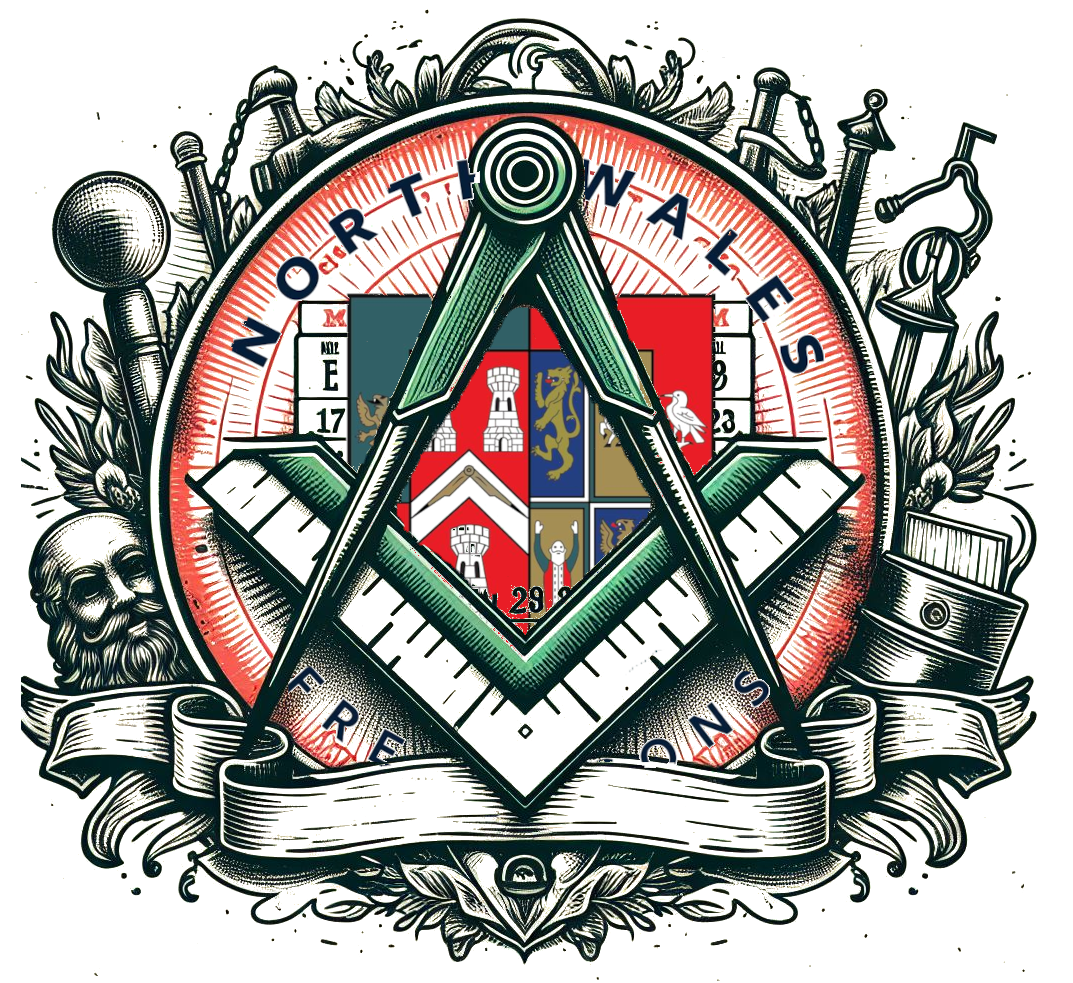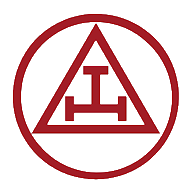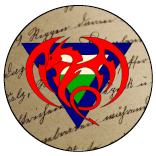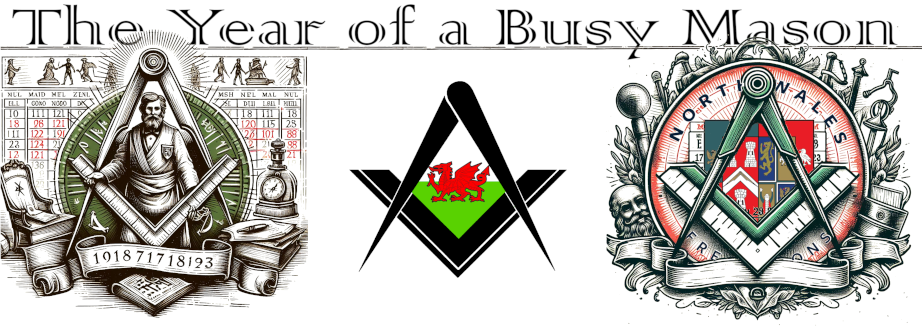Next Saturday (7th) is the AGM’s (Annual General Meeting) for both the Provincial Grand Lodge of North Wales, and the Provincial Grand Chapter of North Wales. This is the biggest event in the Masonic year for North Wales Freemasons.
This year I have had the honour to hold an active role in the Province, as the Provincial Grand Sojourner. As such I had to pop along to Sunny Rhyl for the Chapter AGM Rehearsals.
The AGM rehearsals are always great fun, as you get to see all the senior members of the Province in their normal getup practicing just like everyone else. We are after all all cut from the same cloth. You also get to catch up with some people you may not see very often, since people from all over North Wales attend the rehearsals, and the informal nature is great for catching up (AKA Gossiping).
The rehearsals went well, and it is looking like next week will be a good day.
Update Count:- Attended/Total
07/07 – Meetings
05/07 – Rehearsals
04/04 – Committee
Masonic Halls – 4


The Holy Royal Arch (Royal Arch)
Administration of the Royal Arch and its Chapters has been entrusted by UGLE to the Supreme Grand Chapter of Royal Arch Masons of England.
Joining the Royal Arch (or 'Chapter') is the fourth and final stage in Pure Antient Masonry, as defined in the Act of Union of 1813 that created the current United Grand Lodge of England.
Anyone who has been a Master Mason for four weeks can join—and should aspire to join the Royal Arch, because becoming a Companion of the Order continues their voyage of discovery

Freemasonry (Craft)
One of the oldest social and charitable organisations in the world, Freemasonry's roots lie in the traditions of the medieval stonemasons who built our cathedrals and castles.
It is here that a number of the famous elements of Freemasonry find their roots. In the medieval era, stonemasons often travelled around to find work in different locations. To demonstrate their level of qualification, they would use grips, words and signs in order to distinguish themselves from unqualified builders.
Freemasonry uses building analogies to teach members how to lead productive lives that benefit the communities that they live in. In the medieval era, stonemasons wore aprons and gloves to protect themselves while working on shaping rough pieces of stone, but in today’s society Freemasons meet to build friendships and communities rather than cathedrals and castles.

